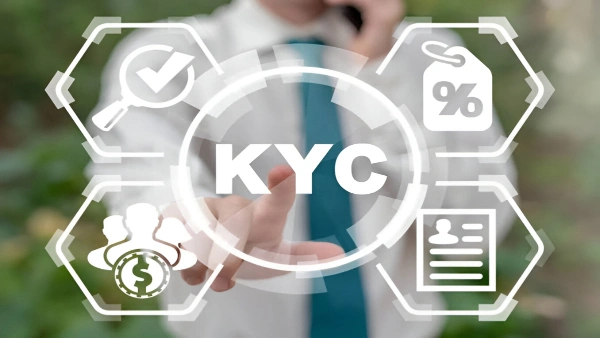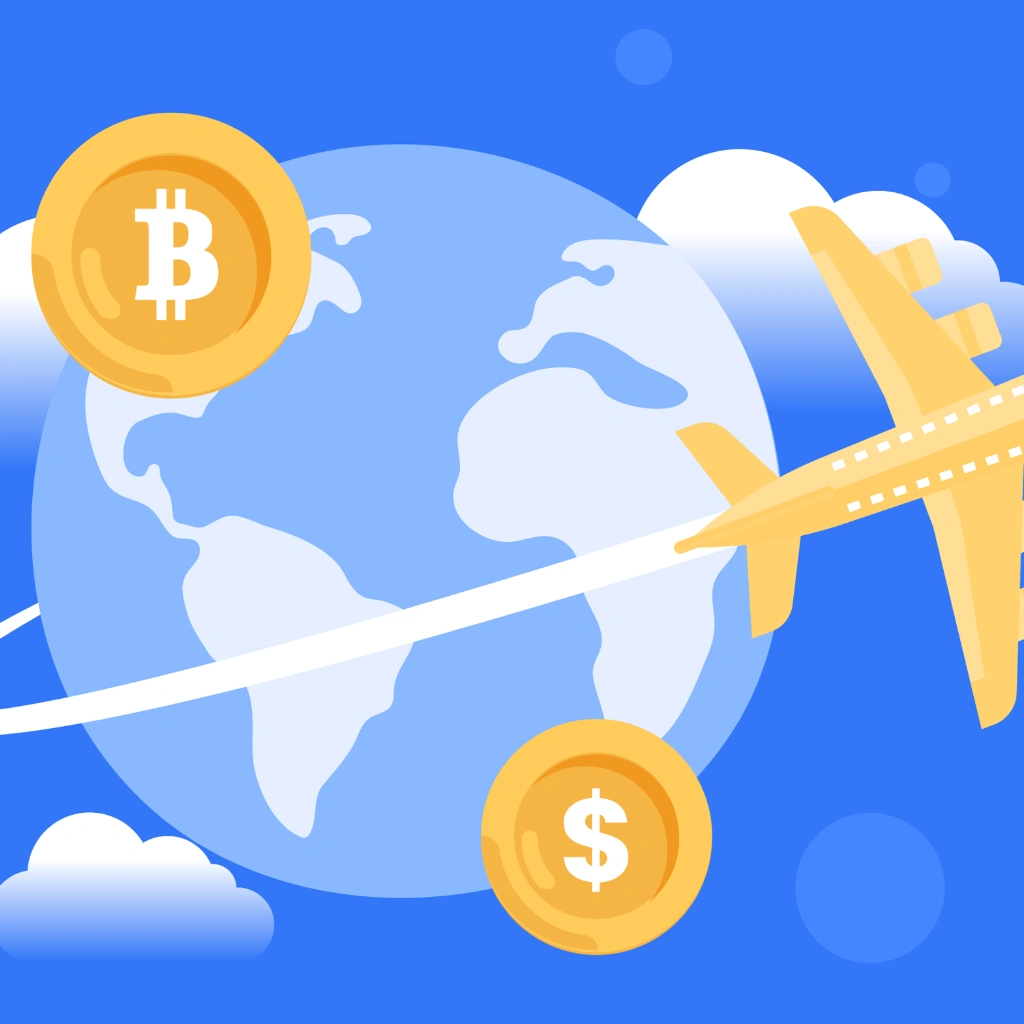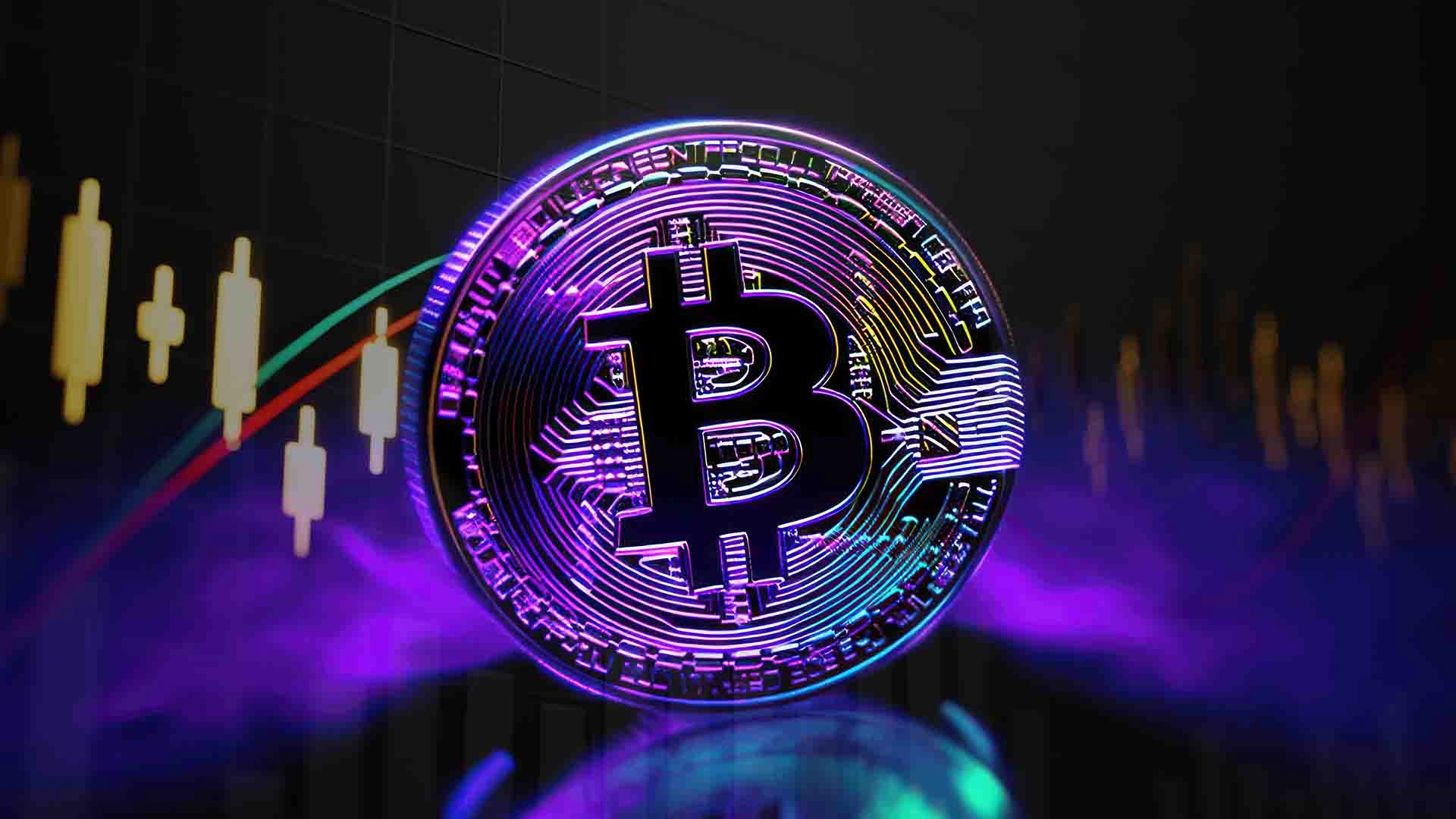Crypto travel savings: Using crypto abroad sounds efficient on the surface—skip the banks, ditch the fees, and transact freely across borders. But does it hold up under real-world conditions?
Let’s break it down technically across key components: foreign fees, conversion costs, volatility, network usability, and payment infrastructure.
1. Foreign Transaction Fees: Traditional Banking vs. Crypto
Traditional Cards:
- Foreign transaction fees typically range from 1% to 3%.
- ATM withdrawals may incur a flat fee ($3–$10) and markup on exchange rates (2–5%).
Crypto:
- Crypto debit cards (e.g., Binance, Crypto.com) often waive foreign transaction fees entirely.
- Peer-to-peer (P2P) payments using stablecoins or native tokens (e.g., USDT, ETH) incur no bank charges, though blockchain fees apply.
Efficiency: Crypto wins here—lower or no foreign transaction fees when routed properly.
2. Crypto travel savings: Conversion Fees and Exchange Rates
Crypto-Fiat Conversions:
- Platforms typically charge 0.5%–2% when converting crypto to local fiat during card transactions.
- These rates can fluctuate based on platform liquidity and market demand.
Traditional FX:
- Banks and currency exchange booths often embed hidden spreads in their offered rates (above mid-market rate), typically 3%–5%.
Crypto has a slight edge if using competitive exchanges or automated card conversion with transparent fees.
3. Crypto travel savings: Volatility Exposure


Native Crypto (BTC, ETH):
- Subject to high volatility (5–15% price swings in a day are not uncommon).
- Timing of conversion can significantly affect actual spend value.
Stablecoins (USDT, USDC):
- Pegged to the USD and designed to maintain value stability.
- Ideal for spending and hedging against crypto market swings.
Traditional Currency:
- Generally stable (unless dealing with hyperinflation or major FX events).
Volatility remains a major risk unless stablecoins are used consistently.
4. Network & Gas Fees
Crypto Transfers (on-chain):
- Ethereum: $5–$30+ during congestion.
- Bitcoin: $1–$10, depending on network load.
- Solana, Tron, Polygon: Often under $0.01, making them cost-effective.
Cards/Cash:
- No “network” fees, though banks charge indirect processing costs.
Best practice: Avoid ETH/BTC for daily payments. Use Layer 2s or low-fee chains.
5. Real-World Acceptance & Infrastructure
Crypto Acceptance:
- Accepted in select regions (e.g., El Salvador, some Southeast Asia markets).
- Merchant-level adoption is still below 1% globally.
- Crypto cards expand usability by auto-converting to fiat via Visa/Mastercard rails.
Cards:
- Widely accepted globally, especially in urban areas and airports.
Cash:
- Universally accepted, especially in remote or underdeveloped regions.
Crypto is usable—but dependent on card issuance and regional infrastructure. Native crypto payments remain niche.
Technical Challenges & Operational Risks


- KYC/AML delays: Verification processes on exchanges and card issuers can delay access to funds.
- App outages: Wallet or exchange downtime can leave users stranded without access.
- Card rejection: Some crypto cards are not accepted everywhere, especially in regions with outdated PoS systems.
- Regulatory blocks: Some countries restrict or ban crypto usage altogether (e.g., China, parts of Africa).
Conclusion: Is Crypto a Technically Sound Travel Tool?


Yes—if you know what you’re doing.
For tech-savvy travelers, digital nomads, and those visiting crypto-friendly regions, crypto offers:
- Reduced foreign fees
- Lower conversion spreads (if managed well)
- Flexibility via stablecoins or P2P transfers
However, volatility, adoption gaps, and operational friction make it unsuitable as a standalone solution. A hybrid approach—crypto + traditional cards + cash—is still the most technically resilient strategy for international travel.
Optimize your setup:
- Use stablecoins for spending
- Choose crypto cards with no FX fees
- Keep some fiat cash for emergencies
- Confirm crypto acceptance before departure
Because while the blockchain may be borderless, the world of travel still isn’t.
Relevant news: HERE











